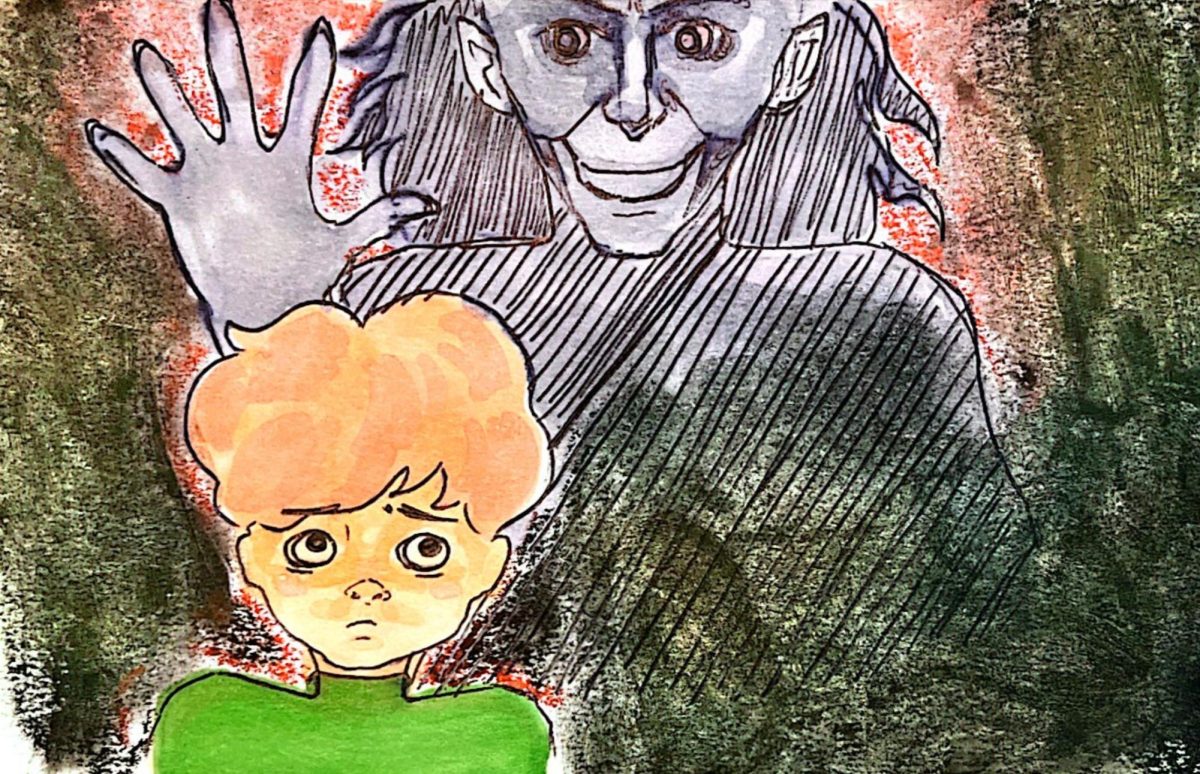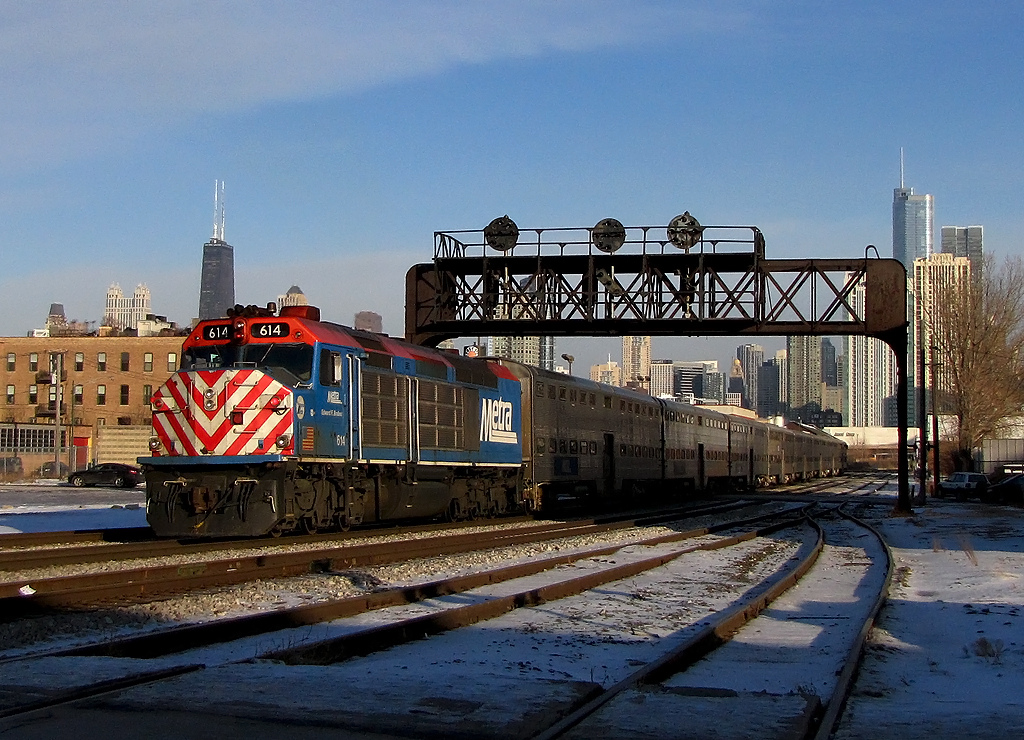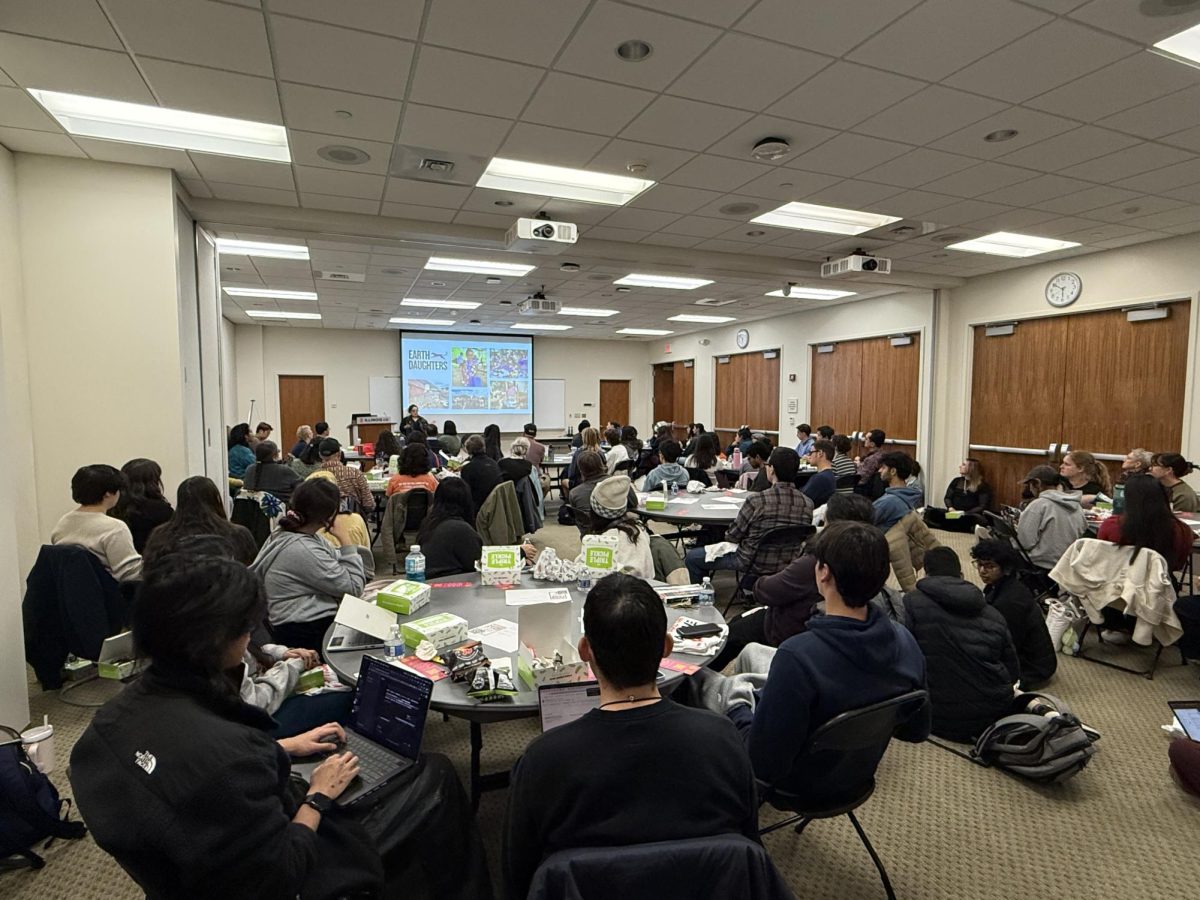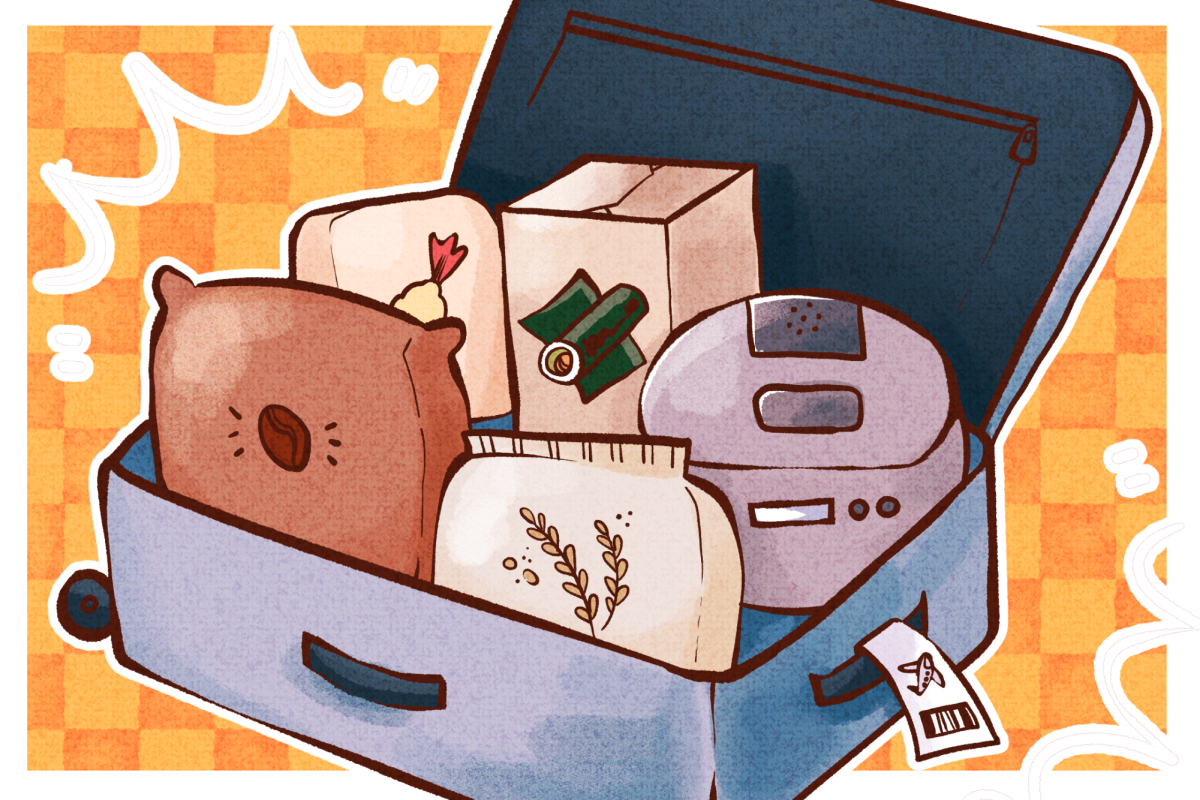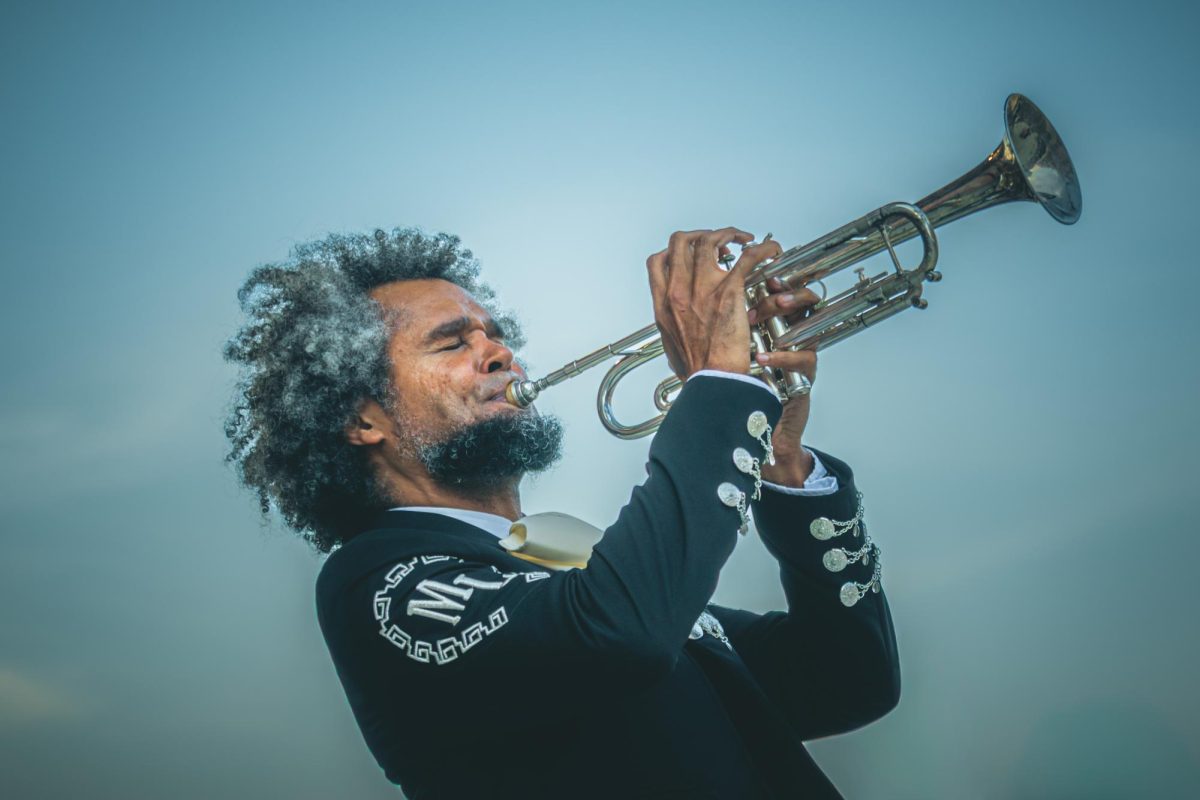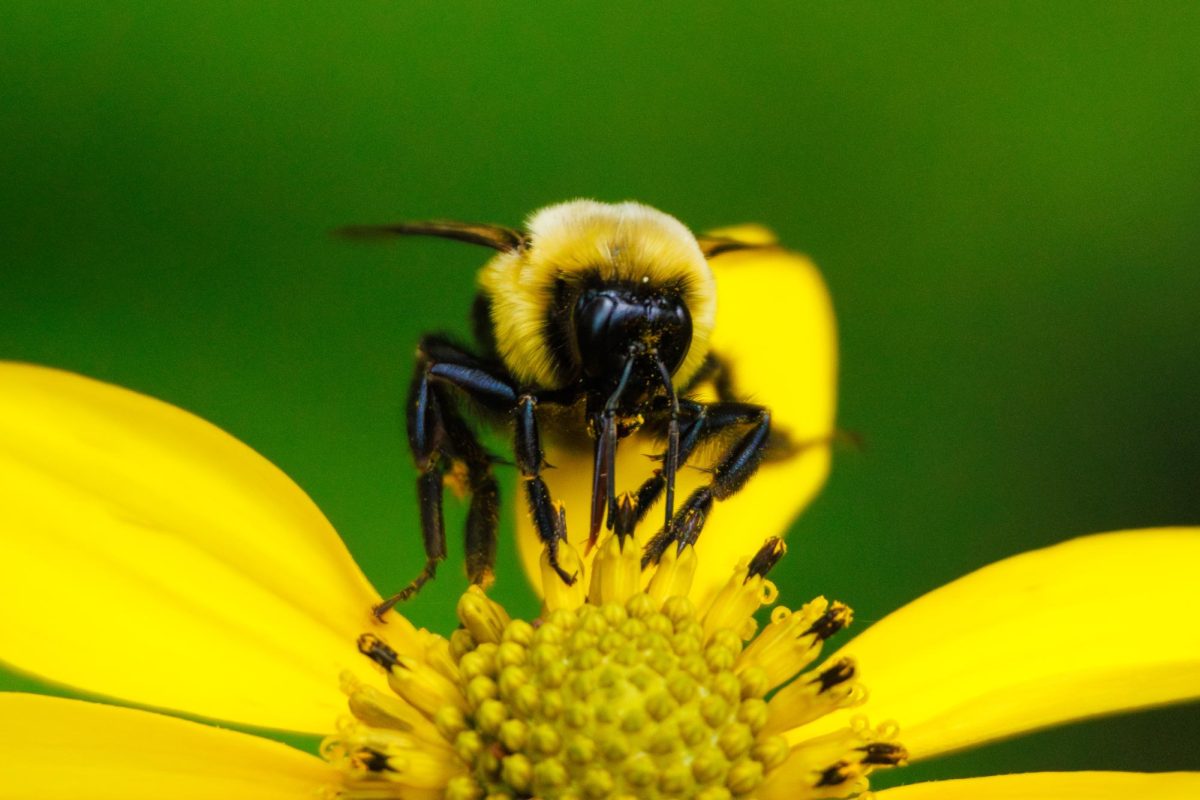The winter holiday season is typically known for being bright and joyful as people gather with loved ones, decorate with lights while listening to holiday music, bake cookies using recipes that have been passed down for decades and exchange gifts with friends and family.
However, some countries throughout the world celebrate a holiday in early December that adds a little bit of what is severely lacking in the peaceful and merry holiday season — fear.
Krampusnacht is celebrated every year on Dec. 5 throughout countries in Europe’s Alpine region, such as Austria, Germany and Croatia, as well as other continents such as Australia, with popularity growing in the U.S.
During Krampusnacht festivals, people dress up as the half-goat, half-demon known as Krampus, who is usually depicted as fur-covered with hoof-like feet, a long tongue and horns atop its head to terrorize people in the streets.
Krampus acts as a counterpart to St. Nicholas, who famously leaves presents for good children, while Krampus beats naughty children with bundles of sticks or, in some cases, eats them.
Get The Daily Illini in your inbox!
During the night of Krampusnacht, those dressed up as Krampus won’t actually hurt children but will instead invoke fear with their frightening costumes and often intricate, hand-carved wooden masks.
Andrea Walder, graduate student studying Germanic languages and literatures, grew up celebrating Krampusnacht in Tyrol, Austria.
“It’s a huge thing at home,” Walder said. “There are parades in every village, and especially when I was younger, it was more fascinating to go there … It loses the fear, I guess, as an adult, and I more like to look at the masks because the people who make them spend a lot of time making them and some of them are pretty good. So you find the artistic notion in it when you get older.”
In some villages, the people who dress up as Krampus will wear cowbells to mimic the sound of chains that Krampus dons in some depictions and to warn people of their approach as they pass through the town while heading to the parade.
“The day itself was normal, but when it got dark you could already hear the bells of Krampus and that’s really frightening, especially as a child,” Walder said. “You don’t really see them yet, but you can hear them, and that’s already terrifying.”
The rather frightening and exciting Krampusnacht takes place the night before the much more bright and peaceful St. Nicholas Day — a Christian holiday celebrated in many European countries that marks the anniversary of the death of the third-century bishop of Myra, who was known for his selflessness and generosity and acted as inspiration for the modern-day Santa Claus figure.
There are different traditions associated with St. Nicholas Day depending on the region, but oftentimes children will receive gifts or candy in the morning, left by St. Nicholas, and there will be a feast in the evening.
Adelina Frey, graduate student studying Germanic languages and literatures, grew up in Germany with a few traditions for the holiday.
“What we did as children is on the fifth of December we would clean our shoes and then would put one boot outside, in front of the door, and then on the sixth we would go down and find that St. Nicholas filled it with candy and nuts, sometimes also toys, but it depends,” Frey said.
St. Nicholas Day is separate from Christmas, which is still the most prominent and widely celebrated winter holiday in these countries. However, St. Nicholas Day is important to many families because it isn’t commercialized the way Christmas is and is oftentimes deeply centered in the Christian faith as people remember the real St. Nicholas’ kindness and generosity.
“My mom would say, ‘Oh, St. Nicholas is not Santa Claus, Santa Claus is from Coca-Cola,’” Frey said. “So I feel like that’s an important difference to make when we talk about Santa. There was that figure St. Nicholas that was an actual human being that actually did these things, and that’s why the story is based on him and then it got commercialized into this Santa Claus figure.”
Although the holiday is not as big as Christmas, with few people in celebrating countries receiving the day off of work or school, both Krampusnacht and St. Nicholas Day are often a special time for people as they connect with family and friends.
“(I miss) maybe being at home when St. Nicholas comes to my nephews and my nieces because children are always kind of just sitting there quietly because it’s an important person coming to their house, so that was always nice to see,” Walder said. “And then, of course, when St. Nicholas left they were like, ‘Oh, we’re gonna go out and look at the Krampuses,’ and their confidence is back, so that sometimes is cute to watch.”



